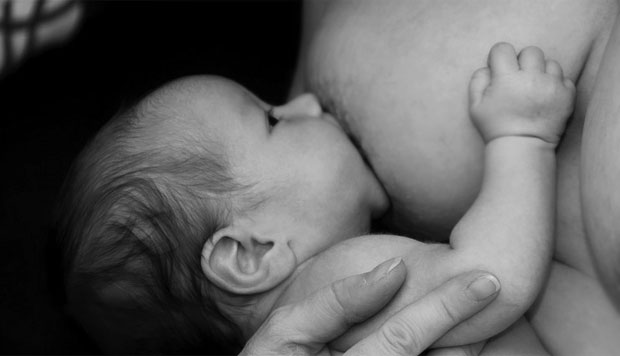Is It Dangerous To Breastfeed With Breast Implants?

Is It Dangerous To Breastfeed With Breast Implants?
Even though breast augmentation surgery has become commonplace in our society, specific aspects of the procedure still require consideration.
If you plan on getting pregnant and breastfeeding your children and are thinking of getting breast implants, it’s imperative that you educate yourself on the pros and cons of the process.
Is It Dangerous To Breastfeed With Breast Implants?
- Common Problems With Implants and Breastfeeding
For a variety of reasons, there are some women who will not be able to breastfeed because of their implants. During the surgical procedure, the ducts, nerves, and milk glands can be permanently damaged. This can not only reduce sensation in the nipples but also affect the ‘let-down’ response that is so vital to breastfeeding.
Let-down is when the glands release milk into the ducts to insure the infant has had adequate nourishment. Damage of this nature is usually because the implants were inserted through a small incision around the areola. In fact, a recent survey of lactating women who underwent breast implant surgery found that 64% did produce breast milk, but they were unable to produce enough to adequately provide for their newborns.
If the milk ducts become damaged as a result of the implant surgery, a new mother may have difficulty making sufficient amounts of milk to nourish their baby. Implants, specifically very large ones, can pinch or block the milk ducts. If breast milk is thwarted in its attempt to flow following childbirth, your breasts may swell and become painful.
The placement of the implants is another key factor in determining the success or failure of breastfeeding. If a woman knows she wants to have children, the surgeon can mount the implants under the chest muscle instead of between the chest muscle and breast tissue. When done this way, there is minimal risk any silicone will get into the breast milk or damage to the internal process.
- The Troublesome Past of Silicone Implants
Most breast implants are either silicone or saline. While silicone is preferred by both patients and surgeons due to its resemblance to natural breast tissue, it has been controversial for other reasons.
Since 1962, silicone implants have remained popular despite concerns about leakage and an increased risk of autoimmune disorders. Because of the numerous grievances, silicone implants were banned by the FDA for 14 years.
From 1992 until early 2006, saline implants were the only option. After considerable research, the FDA concluded silicone implants weren’t that dangerous after all and lifted the ban in the latter part of 2006. While women have been happy seeing silicone implants available once again, there still lacks any conclusive evidence silicone doesn’t seep into breast milk.
- Placement Means Everything
Breast implants can be placed in one of two locations. Often, women who want to have children opt for placement under the chest muscle. The other option is to insert them between the breast tissue and chest muscle.
When implants are placed under the muscle, it prevents damage to the milk ducts and nerves. Also, silicone cannot penetrate the muscle to leak into breast milk.
- Dangers of Breastfeeding with Implants
The biggest problem concerning breastfeeding with implants is the risk of the implant rupturing and tainting the milk. Essentially only salt water, saline won’t harm the milk in any way should it leak into the supply. However, silicone is an entirely different story and can be very dangerous when consumed by an infant.
It’s easy to spot a saline rupture because it changes the shape of the breast. Conversely, it’s much harder to spot a silicone leakage because the shape of the breast, for the most part, remains unchanged.
Some doctors are less concerned about mothers with silicone implants breastfeeding, however, this comes with the caveat that these mothers be on the constant lookout for warning signs.
- Why Breastfeeding May Not Be Possible
If your OB-GYN gives you the green light to breastfeed with implants, as stated above, you need to be extremely vigilant throughout this period.
It’s not uncommon for women with implants to become engorged from the milk supply and the extra weight of the implant. Mastitis is a genuine concern. It is very painful, but because it is accompanied by chills, fever, and other flu-like symptoms it’s easier to diagnose.
The other potential problem is an insufficient amount of milk to adequately nourish your baby. A newborn should eat approximately eight times a day. If you notice that your child isn’t eating enough, is often hungry, and having fewer bowel movements than usual, you may need to have a doctor evaluate the situation. A supplemental formula might be required to ensure your child receives adequate nutrition.
- Many Women With Implants Breastfeed Successfully
While there are definitely things you need to be concerned about, remember that many women who breastfeed with breast implants without any problems.
Each situation is different, of course, so it’s important to consult your doctor in order to fully comprehend how breastfeeding with implants will impact both your body and your baby, and by so doing, securing a positive outcome for all.
Guest Article.





